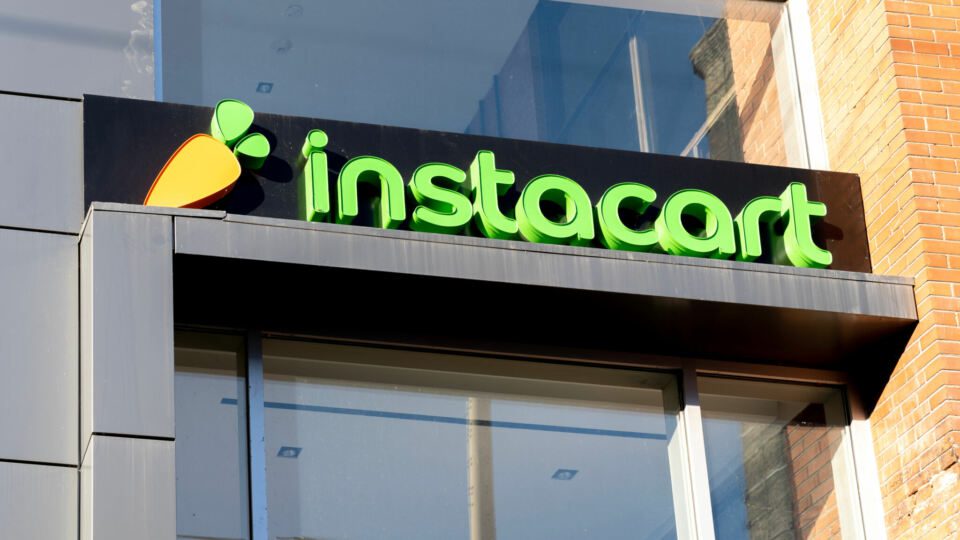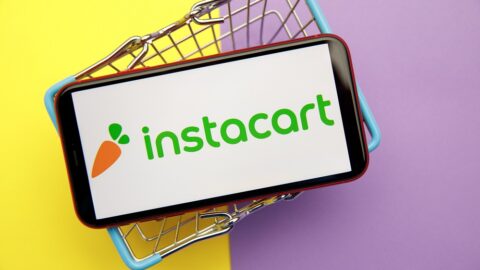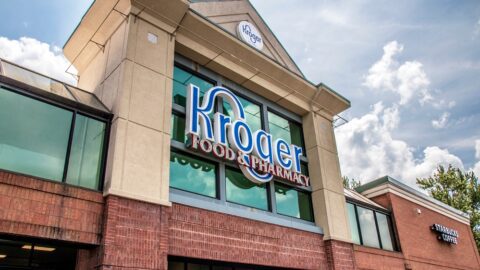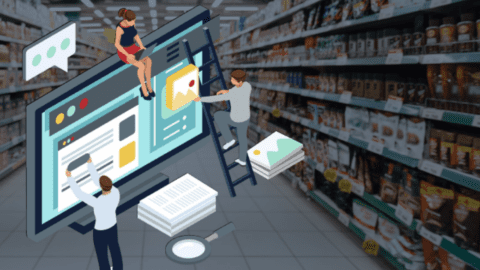Instacart already powers the ecommerce and fulfillment experience for hundreds of retailers across North America. Now the online grocery marketplace has launched a suite of technologies to help its partners continue their digital transformation with new fulfillment, advertising and insights capabilities.
“The grocery industry is undergoing a digital transformation where customers expect a seamless experience across many channels, but behind the scenes it’s taking an incredible amount of work and investment for retailers to deliver these new services,” said Fidji Simo, CEO of Instacart in a statement. “We’re looking to change that, to broaden and deepen our capabilities in order to help retailers innovate faster than ever on their own properties.”
The suite of enterprise-grade tools will be housed under the new Instacart Platform banner, bringing together a range of solutions to help retailers digitize their end-to-end grocery operation. Retailers can pick and choose the technologies they want to deploy or use the full connected suite, which includes:
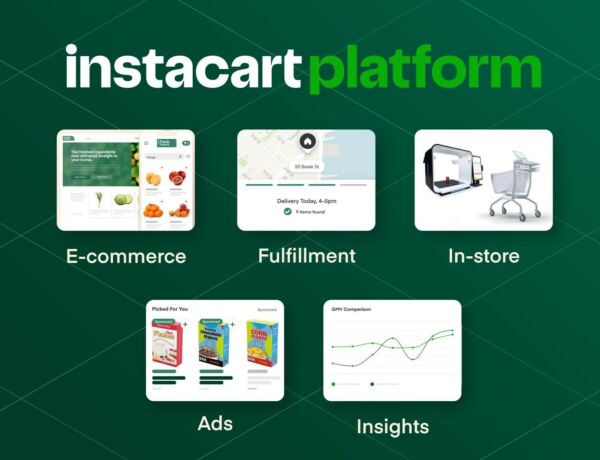
- Ecommerce storefronts custom-built for grocers with à la carte recommendation and merchandising capabilities;
- Fulfillment solutions enabling grocers to offer online delivery and pickup from stores or warehouses, from 15-minute ultrafast to next-day delivery;
- In-store digital integrations and connected hardware to enhance the brick-and-mortar store experience, from scanless carts to technology that helps manage operations;
- Advertising solutions to help brands connect and engage with consumers in the digital aisle; and
- Data insights tools to help retailers optimize operations, provide more connected experiences and make informed business decisions.
While many of the services now available under the Instacart Platform banner have been available for some time, today’s launch marks the debut of three new capabilities:
- Carrot Ads: A new retail media solution that makes Instacart’s advertising functions available for retailers to use on their owned and operated ecommerce sites, including technology, products, engineering, sales talent and data insights. Instacart is currently piloting the new ad service with Schnuck Markets, Good Food Holdings and Plum Market, among others, with plans to roll it out more broadly later this year.
- Carrot Warehouses: A full-stack solution that will enable end-to-end fast delivery solutions customized to each retailer’s needs, including building new nano-fulfillment centers (NFCs), devising floor plans, establishing automation services and running ongoing operations. Carrot Warehouses will power 15-minute ultrafast delivery for Publix customers in Atlanta and Miami over the coming months.
- Carrot Insights: New data analytics software that will give retailers near-real-time visibility into their operations to help them make more informed, proactive business decisions. Carrot Insights dashboards track key performance and operational metrics such as order volumes and out of stocks across Instacart Platform and retailers’ own Instacart App storefronts. Key Food is already using the solution, which is now live for all Instacart Platform customers.
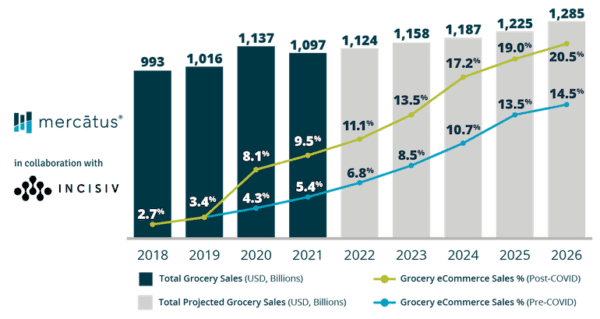
“Instacart Platform continues to fuel our omnichannel strategy, powering delivery and curbside pickup across our markets,” said Maria Brous, Director of Communications at Publix in a statement. “Our new NFCs, built with Instacart Platform, unlock ultrafast delivery in our major metro areas, allowing customers to get what they need in as fast as 15 minutes. We are eager to continue to test and iterate on these new concepts as consumer needs continue to evolve.”
While traditionally one of the slowest retail sectors to embrace ecommerce, grocers were forced to quickly evolve during the pandemic as stores shuttered and customers demanded new ways to get their essentials. Pre-COVID, online grocery was expected to reach 14% of all grocery retail sales by 2026, but given the recent acceleration in digital capabilities that number has now jumped to 20%, according to research from Mercatus and Incisiv. This year, grocery ecommerce sales are projected to reach $1.124 trillion.
To learn more about retail media, check out our full guide here.



